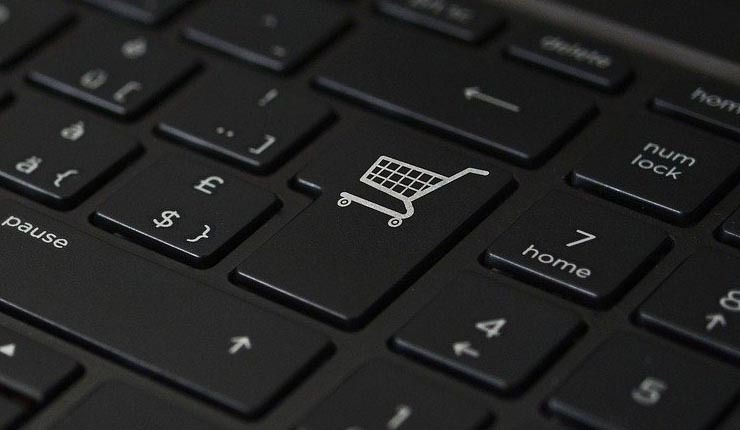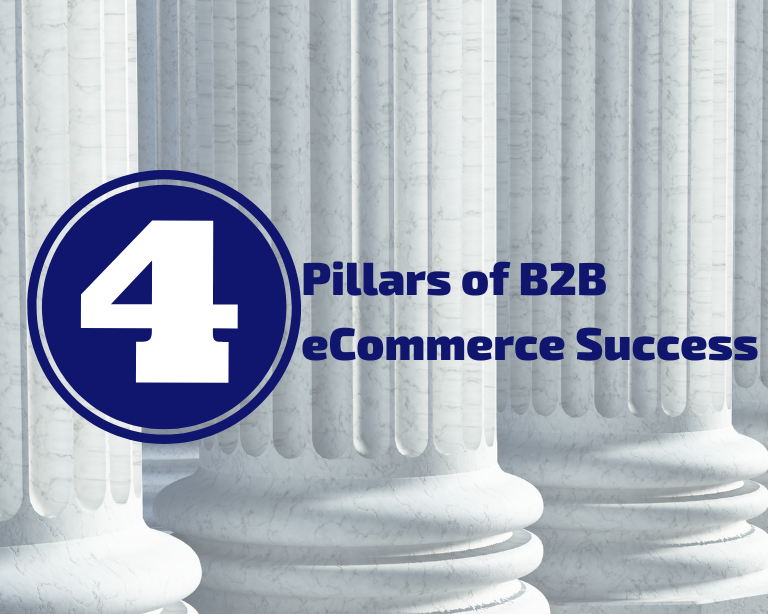What is headless commerce?
Since eCommerce’s humble beginnings in the 1990s, there’s been a drastic boom in the industry. Companies have not just adopted, but also adapted to eCommerce in different ways. As we discussed in our previous article on Data Cleaning, data is crucial to this process as it allows businesses to make better sales and marketing decisions by understanding consumer preferences.
While one of the most discussed yet least understood buzzwords in eCommerce, it’s also one of the most beneficial practices in the industry. Headless commerce means the front and back ends of an operation are kept separate, which allows for faster fixes on either side and better customer experiences overall. Curious? Here’s a look at why headless commerce is growing stronger.
Agility to keep up with demands
Retail e-commerce sales worldwide are already expected to surpass $6.3 trillion in 2024, and it’s important that companies thus meet customers where they are. For example, headless checkout frees up customer-facing steps while keeping the backend intact, allowing buyers to order items anywhere, from blog posts, emails, social media, and even QR codes.
QR technology works similarly in a business-to-business (B2B) and business-to-consumer (B2C) format and many companies are taking advantage of this approach. Digital business cards by Doorway use QR codes that help share data, which cuts away extra steps while increasing efficiency in B2C networking. This is because companies using digital business cards can update customers automatically. This makes them much more agile than competitors who still use emails or traditional forms of messaging. It’s likely that we’ll see more headless commerce QR codes being used as consumers prioritize efficiency in transactions.
More Customization and Personalization with Headless Commerce

Global media company Forbes notes personalization is essential in sales, especially given immense online traffic. Personalization provides consumers with a custom experience that includes your brand’s unique look and feel. The one-size-fits-all approach won’t work in the future: 87% of marketers report a measurable lift in business results from personalization campaigns, with more than half of marketers citing a lift greater than 10%.
Going headless allows you to change the customer-facing aspects of your eCommerce site according to customer preferences, while keeping the rest of your site’s backend completely functional and fuss-free. Besides increasing visitor engagement and conversion rates, 98% of the marketers surveyed agreed that personalization also positively impacts customer relationships. A headless solution allows you free rein to match your site to your customers, keeping things memorable and improving brand recall.
Consistency across platforms
In today’s digital age, 73% of eCommerce customers will switch between devices and multiple channels when making a purchase. To accommodate this behavior, research published in Frontiers shows an adoption of “omnichannel” strategies in various sale environments. This approach makes up for the lack of “real experiences” typically found in on-the-ground retail settings, while highlighting the advantages of the virtual store’s flexibility in time and space.
Going into headless commerce provides the freedom to add multiple online and offline experiences — whether on a mobile app, online marketplace or even a smart watch. All the while, your commerce engine is consistently running on the backend to provide a seamless omnichannel experience.
Ability to remain competitive
With that, it’s no surprise that more companies are making the switch to headless commerce. As one of the pioneers in the field, eCommerce tech platform Fabric’s valuation sat at $1.5 billion last February. More tech companies are following suit, raising capital and filing to go public at high valuations.
Intershop and Shopware offer headless eCommerce solutions specifically addressing B2B needs for both manufacturers and distributors. As more join the mix, headless commerce is sure to become a tool for competitive advantage through innovation, iteration, and testing of eCommerce experiences.
by Dakota Kennedy for csscommerce.com



